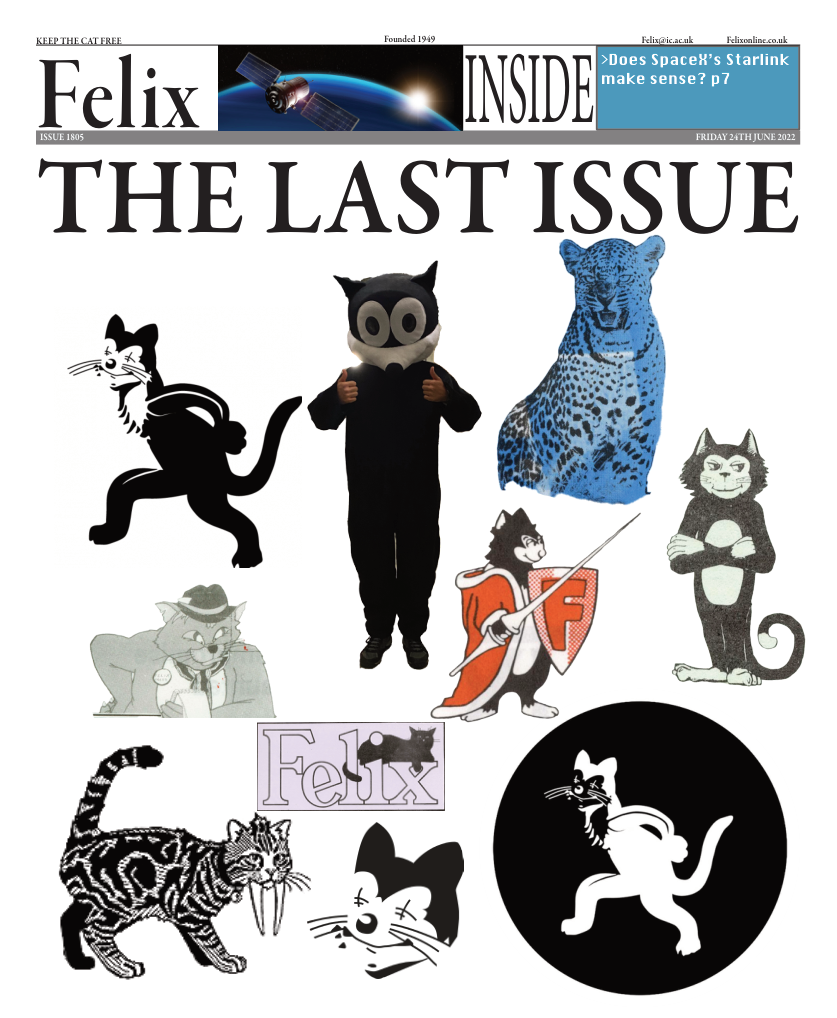115 years since the magic bullet
The story of Paul Ehrlich, who devoted his life to research and revolutionised medicine with the first antibiotic and origin of chemotherapy
Paul Ehrlich was a German scientist that contributed enormously to the fields of immunology and chemotherapy, winning a Nobel Prize in Medicine in 1908 for his work with antibodies to fight against diphtheria. He was a strong believer in the potential of science to help society and this was reflected in his life dedicated to research. From his undergraduate days, Ehrlich was obsessed with the idea that different chemicals can effect microorganisms and tissue in a variety of ways. He was the pioneer in connecting chemistry and biology for a medicinal purpose through the usage of chemical dyes. He was a genius, without doubt, and earned the nickname ‘virtuoso of test tubes’, but he had some quirks such as smoking 25 cigarettes per day or carrying very sharp colour pencils in his pocket.
At the beginning of the 19th century, there was not any synthetic drug developed yet. Plant extracts were widely used to cure many diseases but without knowing the particular healing molecule behind them. Even though plant extracts could sometimes treat mild ailments, they were futile against more serious ones like syphilis. Ehrlich thought that particular chemicals could act effectively against one disease in specific without causing any side effects. That is, the concept of magic bullet emerged. Imagine a bullet that could change its direction, dodging different obstacles on its way, just to hit precisely the target without harming anyone else. Ehrlich thought this could real but with a drug and the disease instead of the bullet and the target. The magic bullet of Ehrlich was too innovative for his time and he was mocked by his colleagues, but this did not stop him. His conviction was much stronger than the naïve criticism of others. He spent many hours testing different synthetic chemicals for their potential use in therapeutics until compound 606, a game-changing discovery.

Before the 1900s, syphilis, a sexually transmitted bacterial infection, was treated with mercury, which is extremely toxic. In 1909, Sahachiro Hata travelled from Japan to Germany in order to work as a research assistant for Ehrlich. He discovered that arsphenamine, discarded by previous assistants, was effective against syphilis by testing in vivo with rabbits. The reason for negative results in the past was attributed to the poor methodology of the other assistants. Arsphenamine was named compound 606 as it was the 6th chemical test by Ehrlich and Hata. The chemical was later commercialised as Salvarsan, which is considered the first magic bullet as Salvarsan kills mainly pathogenic bacteria and has fewer side effects compared to mercury. Salvarsan is also the first antibiotic ever created. Despite Salvarsan achieving these two milestones, there were many sectors, particularly religious, reluctant to accept Salvarsan in Europe because they viewed syphilis as a divine punishment to sinners. Another important contribution of Salvarsan to science was the establishment of the methodology to develop new drugs and influenced greatly the commercialisation of penicillin, discovered 19 years after later by Alexander Fleming at Imperial, which substituted Salvarsan as a remedy against syphilis.
The objective of Ehrlich's magic bullet was to kill pathogenic microbes whilst doing the least possible damage to other body cells. However, this is a problem when your own cells are trying to kill you! This is cancer, the most infamous disease in the world. 50% of people will get cancer at some stage of their lives and it is one of the major causes of death worldwide. The magic bullet inspired and encouraged future scientists to develop novel therapies to fight against cancer using chemicals, saving many lives. The scientists followed the research and thinking principles of Ehrlich, who also coined the term chemotherapy for the first time.
Ehrlich defied the standard medicine of his time, which was tremendously inefficient and dangerous, for a new idea with more accuracy and fewer side effects. Now, 115 years since his ideation of the magic bullet, the magic bullet is more alive than ever!









